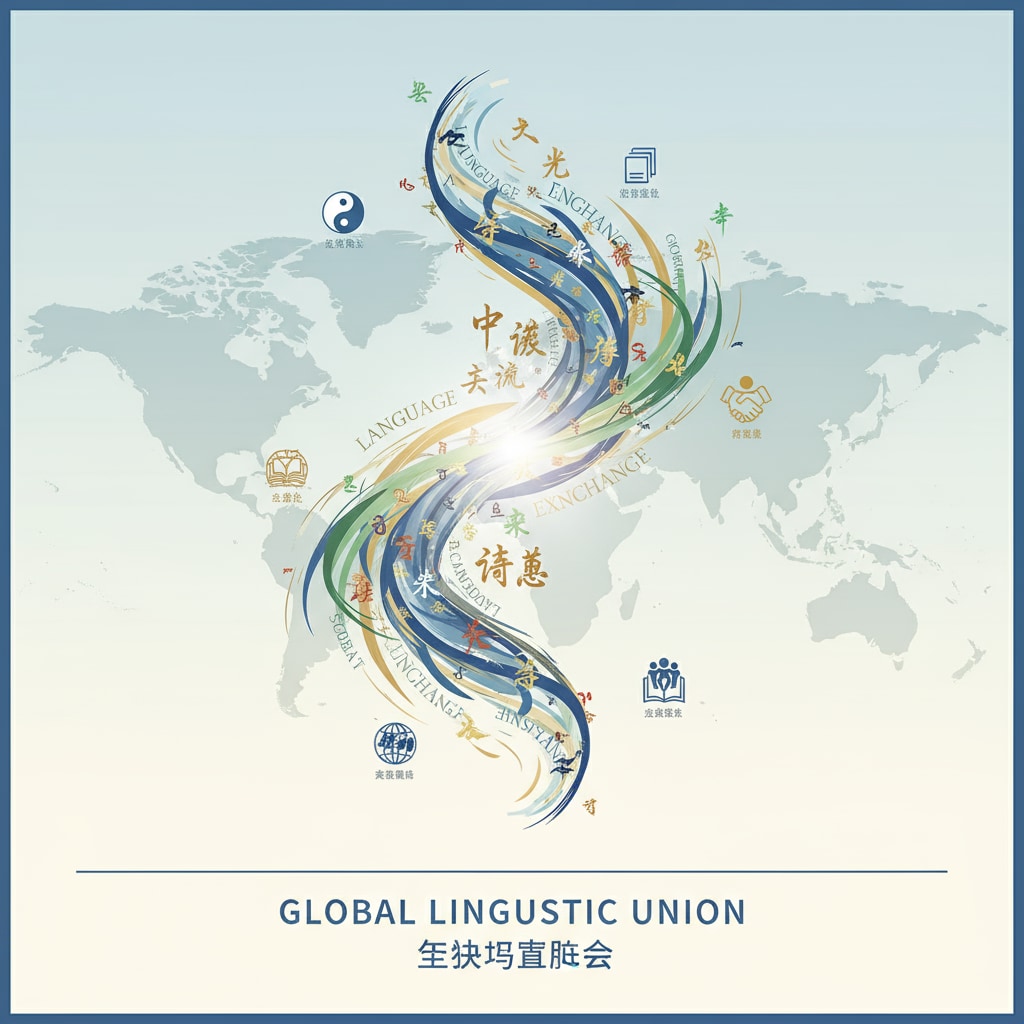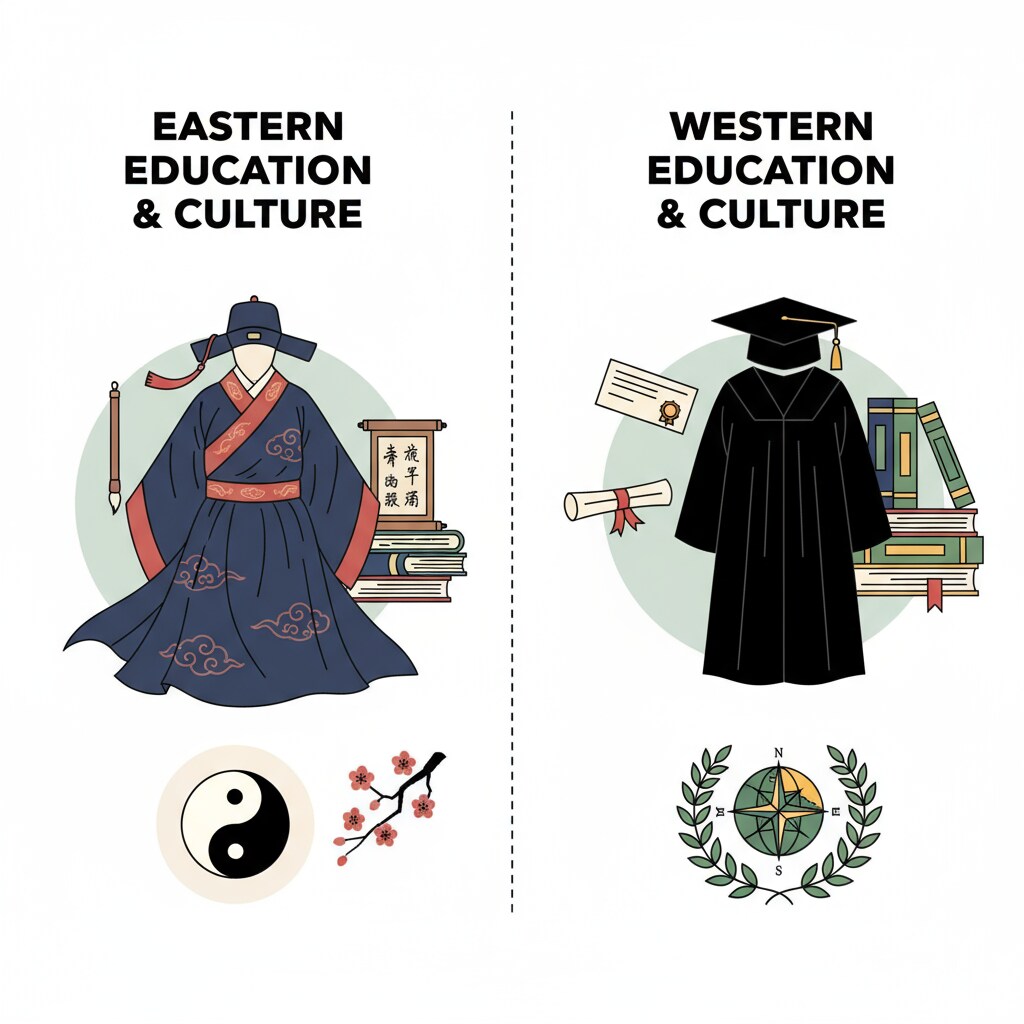The semantic nuances between “知” (zhī) in Chinese and “understand” in English offer a fascinating window into the language differences and cultural thinking patterns of the East and the West. Language is not just a means of communication; it is deeply intertwined with culture, shaping how we perceive and interpret the world around us.

Semantic Dissection of “知” and “Understand”
The Chinese character “知” encompasses a broad spectrum of meanings. It can simply mean “to know” in the sense of having information or knowledge about something. For example, “我知道这个地方” (Wǒ zhīdào zhège dìfāng) – “I know this place”. However, it also has a connotation of awareness and recognition. On the other hand, “understand” in English implies a deeper level of comprehension. It involves grasping the meaning, significance, and relationships within a concept. As per Lexical semantics on Wikipedia, words carry different semantic fields, and this is evident in the case of “知” and “understand”.
Cultural Reflections in Language
Eastern culture, as reflected in the concept of “知”, often emphasizes rote learning and the accumulation of knowledge. It is about having a broad base of information. Western culture, associated with “understand”, places more value on critical thinking and the ability to analyze and make connections. This cultural divergence can be traced back to historical and educational traditions. As Cultural studies on Britannica explains, culture influences language, and language in turn reinforces cultural values.

In K12 education, integrating these two cognitive approaches can be highly beneficial. By combining the knowledge accumulation aspect of the East with the deep understanding and critical thinking of the West, educators can foster well-rounded learners. This approach will help students develop cross-cultural thinking abilities, enabling them to navigate an increasingly globalized world.
Readability guidance: This article breaks down complex ideas into short paragraphs for easy digestion. Key points are presented in a clear manner, and external references are provided for further exploration. Transition words like “however” and “on the other hand” are used to enhance flow and coherence.


